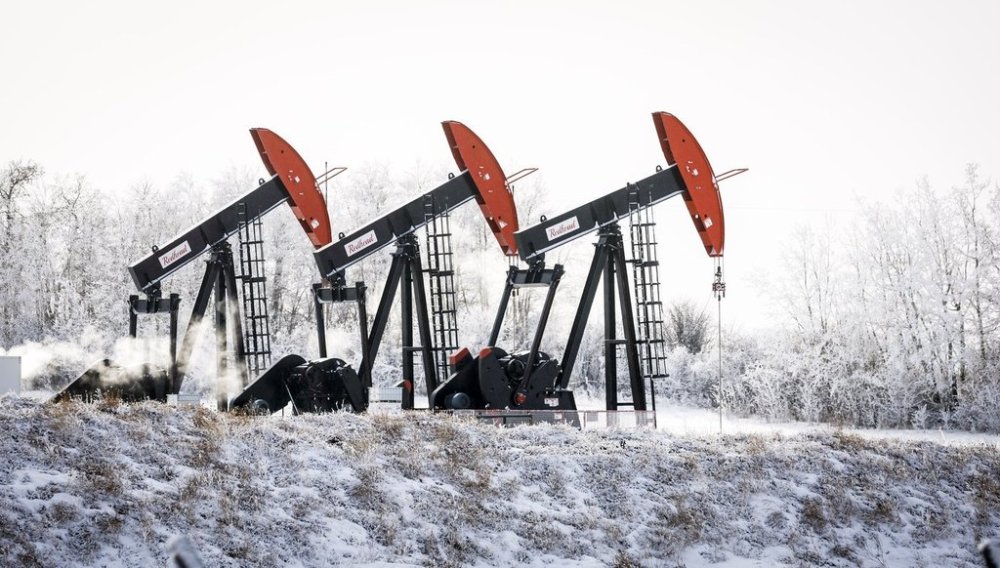Energy service group predicts lower industry spending, but sees reason for optimism
Advertisement
Read this article for free:
or
Already have an account? Log in here »
To continue reading, please subscribe:
Monthly Digital Subscription
$0 for the first 4 weeks*
- Enjoy unlimited reading on winnipegfreepress.com
- Read the E-Edition, our digital replica newspaper
- Access News Break, our award-winning app
- Play interactive puzzles
*No charge for 4 weeks then price increases to the regular rate of $19.00 plus GST every four weeks. Offer available to new and qualified returning subscribers only. Cancel any time.
Monthly Digital Subscription
$4.75/week*
- Enjoy unlimited reading on winnipegfreepress.com
- Read the E-Edition, our digital replica newspaper
- Access News Break, our award-winning app
- Play interactive puzzles
*Billed as $19 plus GST every four weeks. Cancel any time.
To continue reading, please subscribe:
Add Free Press access to your Brandon Sun subscription for only an additional
$1 for the first 4 weeks*
*Your next subscription payment will increase by $1.00 and you will be charged $16.99 plus GST for four weeks. After four weeks, your payment will increase to $23.99 plus GST every four weeks.
Read unlimited articles for free today:
or
Already have an account? Log in here »
CALGARY – An oil and gas service industry group predicts lacklustre prices for those resources will weigh on spending and activity next year, but the prospect of new export infrastructure gives reason for optimism ahead.
Enserva says in its annual State of the Industry report that total oil and gas capital spending is expected to drop by 5.6 per cent this year versus last, and by a further 2.2 per cent in 2026.
Total wells drilled this year are on track to be nine per cent lower than a year ago, with the biggest drop in British Columbia at 16 per cent.

But with more liquefied natural gas export capability coming online next year, B.C. drilling is set to partly rebound by six per cent next year.
Drilling in Alberta is expected to be seven per cent lower this year versus last, with Saskatchewan seeing a 10 per cent drop this year and both provinces poised to have four per cent fewer wells in 2026.
Service-sector employment was strong through the middle of this year, but it’s since been on the decline and is forecast to remain flat through 2026.
This report by The Canadian Press was first published Nov. 26, 2025.

